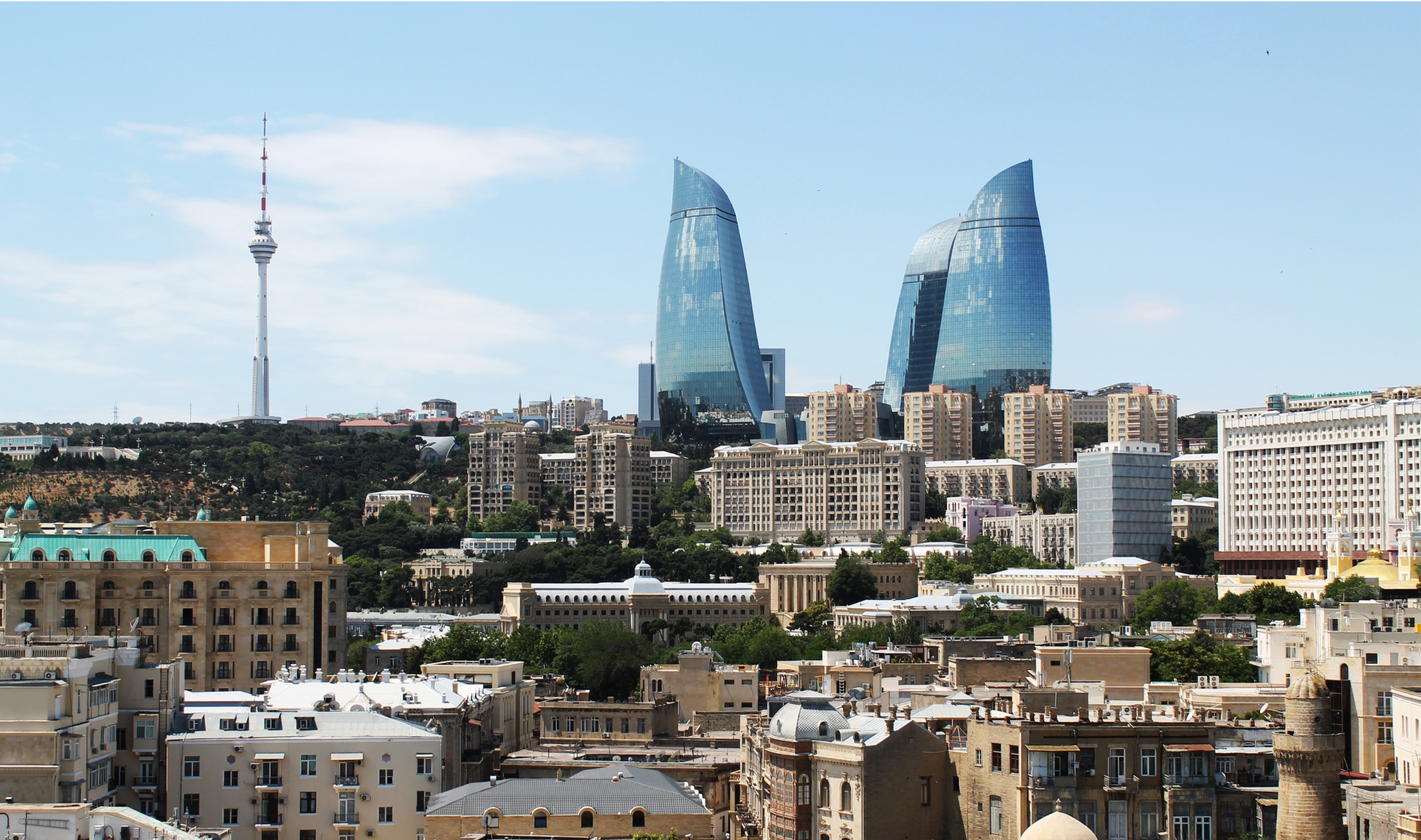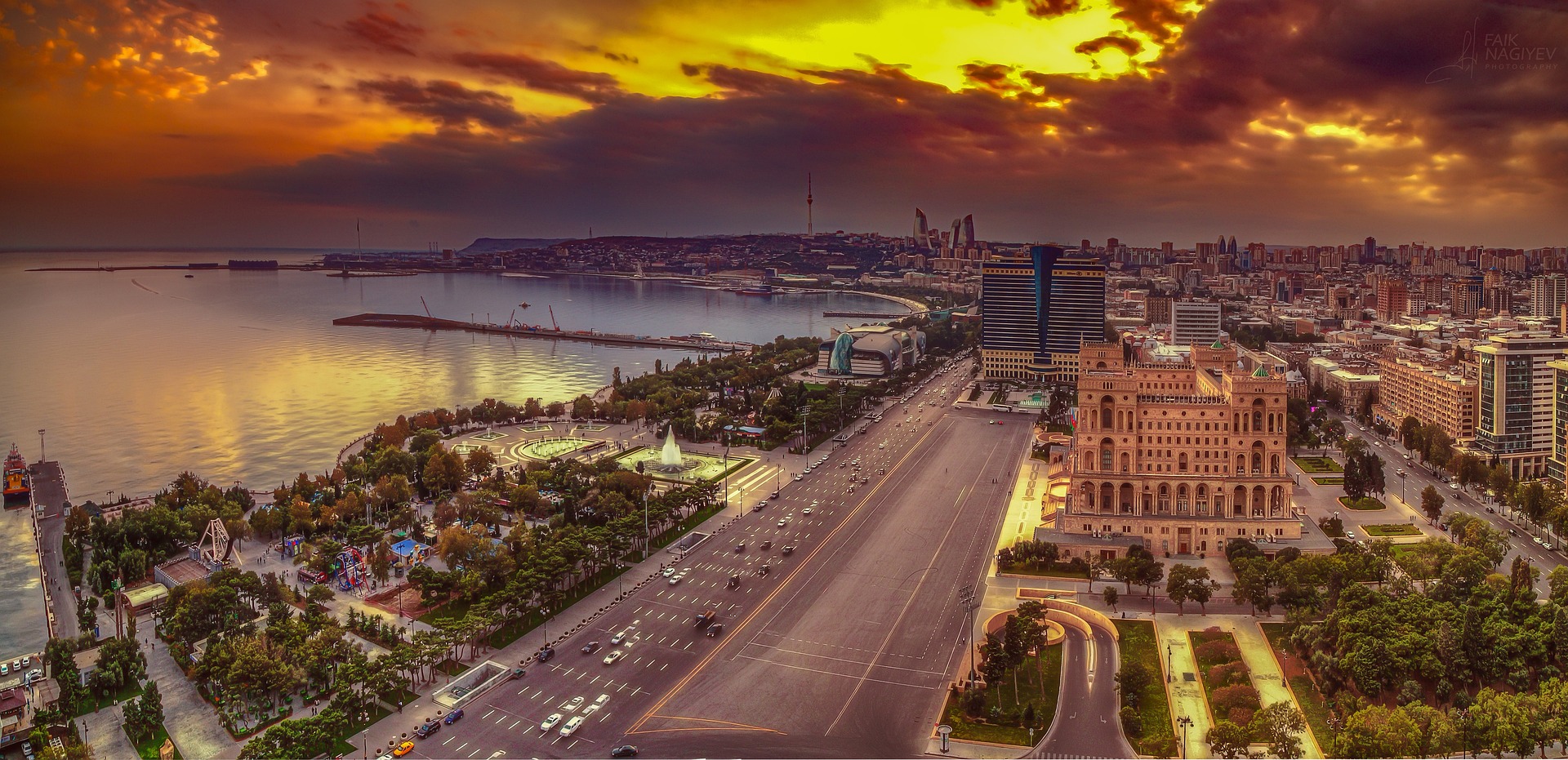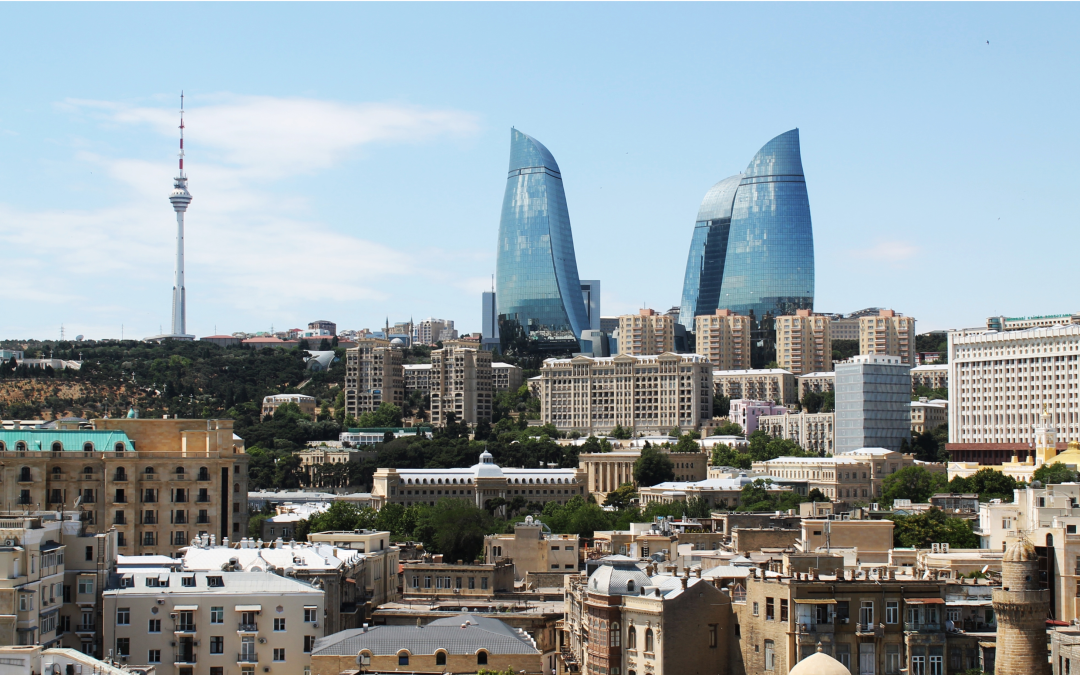OUR BLOG
REPUBLIC OF AZERBAIJAN
BILATERAL RELATIONSHIPS
The Republic of Azerbaijan is the largest country in the Transcaucasia region. It is located between Southwest Asia and Eastern Europe and is considered a Eurasian country. The capital is Baku. The languages spoken are Azeri and Russian, and the religion preached is Islam. It represents a major regional energy player, and mostly exports oil and oil derivatives.
 Baku
Baku
The first democratic and secular republic in the Islamic world
The Democratic Republic of Azerbaijan was founded in 1918, and in 1920 it was incorporated into the Soviet Union. Azerbaijan regained its independence in 1991 by leaving the Soviet Union.
In 1918, Azerbaijan became the first Muslim country to grant women universal suffrage, and today it is considered one of the most gender-equal Muslim nations.
It maintains diplomatic relations with 158 countries around the world and is a full member of the United Nations, the OSCE, the Council of Europe, the NATO Partnership for Peace program, and the Non-Aligned Movement.
Bilateral relations between the Republic of Azerbaijan and Serbia
Diplomatic relations between our country and Azerbaijan were established on August 21, 1997, and were further improved by signing the Declaration on Friendly Relations and Strategic Partnership in 2013 and the Joint Action Plan on Strategic Partnership in 2018.
The most intensive cooperation between our two countries is in the field of road infrastructure, and the most significant project is the construction of the Ljig-Preljina section on Corridor 11, where the main contractor was the Azerbaijani company “AzVirt”.
Culture
Many Azerbaijani dances are extremely old and are performed with very melodious music. They have a fast rhythm and are played today at various ceremonies, and the dancer must be skilled and mobile. On that occasion, the dancers wear national costumes and thereby nurture the spirit of tradition and optimism.
The main part of the culture of these people is decorative and applied art. They have a wide range of handicrafts such as goldsmithing, metal engraving, wood carving, carpet making, embroidery, weaving, and knitting.  Azerbaijan is an ancient center of carpet weaving, as well as a large number of crafts. Archaeological excavations on the territory of Azerbaijan have shown that agriculture, animal husbandry, metallurgy, ceramics, and weaving were well developed as early as the 2nd millennium BC.
Azerbaijan is an ancient center of carpet weaving, as well as a large number of crafts. Archaeological excavations on the territory of Azerbaijan have shown that agriculture, animal husbandry, metallurgy, ceramics, and weaving were well developed as early as the 2nd millennium BC.
The traditional music of this country is called mugham and is usually used with poetry. Sung poetry is similar to yodeling, and the theme is mostly divine love. Azerbaijani mugham is often compared to improvised jazz singing. UNESCO declared the Azerbaijani Mugham tradition a masterpiece of the oral intangible heritage of humanity. 14 string instruments, eight percussion instruments, and six wind instruments are considered national musical instruments.
Azerbaijani mugham is often compared to improvised jazz singing. UNESCO declared the Azerbaijani Mugham tradition a masterpiece of the oral intangible heritage of humanity. 14 string instruments, eight percussion instruments, and six wind instruments are considered national musical instruments.
Interesting facts
• The national dish of Azerbaijan is plov – a savory rice-based dish with saffron, lamb, dried chestnuts, and apricots. Kutabi, the pancakes filled with pumpkin, vegetables, meat, or with just a little herb is an equally popular dish. Azerbaijani pancakes are exclusively salty.  • No gathering of Azerbaijanis can pass without tea sweetened with jam, with additions of thyme, lemon, mint, or rose water.
• No gathering of Azerbaijanis can pass without tea sweetened with jam, with additions of thyme, lemon, mint, or rose water.
• There are about 350 mud volcanoes in this country, which makes Azerbaijan the most concentrated country in the world for mud volcanoes.
• Baku, the capital of Azerbaijan, is often compared to Dubai because of its unusual architecture. This city has a man-made waterway that flows between shops, restaurants, and entertainment venues and is called Little Venice. There are several islands connected by bridges and walkways, and the best way to get around is by gondola.
 • Azerbaijanis bathe their newborns in salt water. They believe that this will make the babies strong and courageous.
• Azerbaijanis bathe their newborns in salt water. They believe that this will make the babies strong and courageous.








 2018
2018